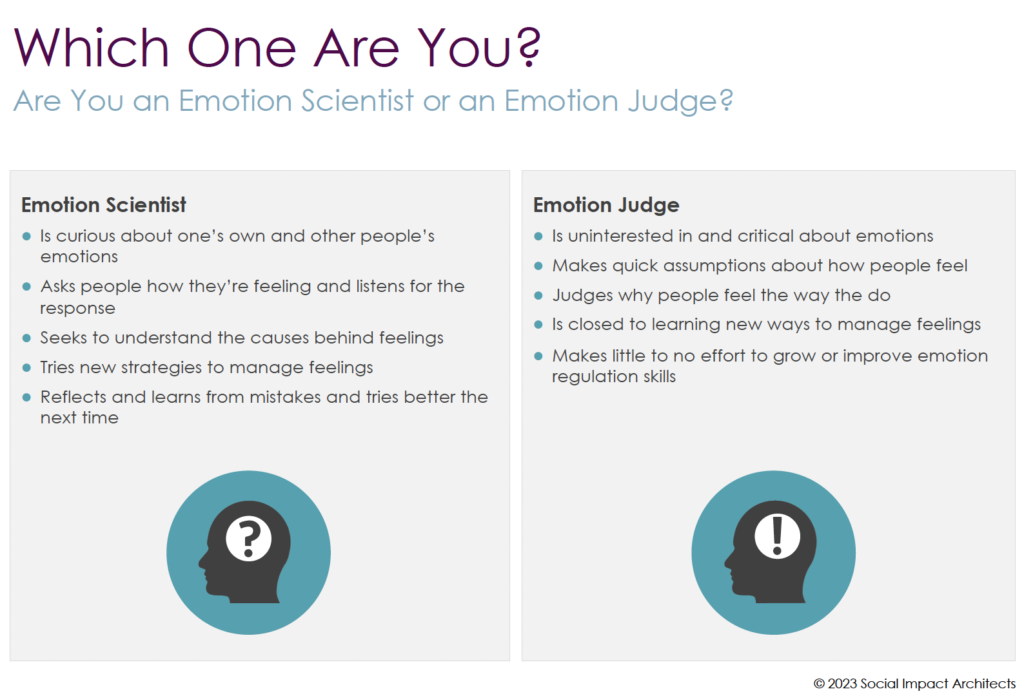 Last year, we lost one of my leadership mentors – Frances Hesselbein, who is best known as the transformative leader of the Girls Scouts. This led her to be noticed by Peter Drucker, who named her “the best CEO in America” and later his successor. I interacted with her a few times and each time left with wisdom and warmth. When you talked to her, she had a sparkle in her eye, listened intently as if you were the only person in the room and then shared her pearls of wisdom. She often would follow up after the conversation just to check in. I instantly loved her and wanted to be just like her.
Last year, we lost one of my leadership mentors – Frances Hesselbein, who is best known as the transformative leader of the Girls Scouts. This led her to be noticed by Peter Drucker, who named her “the best CEO in America” and later his successor. I interacted with her a few times and each time left with wisdom and warmth. When you talked to her, she had a sparkle in her eye, listened intently as if you were the only person in the room and then shared her pearls of wisdom. She often would follow up after the conversation just to check in. I instantly loved her and wanted to be just like her.
As I reflect on the past three years, I often wonder what the founding mothers and fathers of leadership would say. I think I know in Frances’ case. She would ask her favorite question: “What really needs to be done here?” Then she would not only start executing, but also be intentional about building (or rebuilding) relationships needed to be successful.
In 2022, we all came back to work and learned how to adapt – we moved from the Great Resignation to a new phenomenon, Quiet Quitting. Taken together, they speak to a larger theme – we went through three years of collective trauma. This has led to issues of burnout and prompted many people to reevaluate what’s important in their lives. We joke about “the before times,” but it’s true. Our world now is different, and our workplace needs to change in response to all these shifts.
In 2023, we are dedicating our Nonprofit Trends post to the collective re-centering of social sector culture. If 2022 has taught us anything, we know how to pivot, so we applied our word shifts to this idea and how to shift our collective culture:
Friendliness vs. Niceness
If you have been a longtime reader of this blog, you know that we have gently suggested that “nonprofit niceness” gets in the way of our progress and results. Now, in their book, Survival of the Friendliest, two researchers at Duke have shown a better way forward rather than simply being nice. Research by Gallup backs this up – employees who feel as though they have “friends at work” engage 32% more, collaborate 20% more and innovate 46% more. This means we need to go beyond icebreakers and find ways to interact meaningfully, by providing opportunities to share hobbies and skills, bringing play and gamification into the workplace and creating welcoming environments that allow for vulnerability. Friendship is built on trust, which makes it easier to have difficult conversations, knowing that they come from a place of care and concern, not criticism. It also means that we give grace when we and others fall short. Friendliness creates connection as well as a courageous space for continuous improvement.
Well-Being vs. Self-Care
We have written extensively in the past two years about a range of topics – burnout, self-care, mindfulness and resilience. While we are a strategy firm, we firmly believe that the social sector’s secret sauce is its people. As Peter Drucker said, “Culture eats strategy for breakfast.” So, we marry strategy and culture in all of our strategic plans. Recently, self-care has been a major trend in nonprofits. However, self-care is typically about an individual’s role in setting boundaries. We believe that our social sector culture needs to evolve so that we not only support an individual’s role in promoting their own self-care but also build workplaces that support well-being. With the recent Surgeon General’s report warning that toxic workplaces are harmful to mental and physical health, leaders need to be more proactive about creating an environment where well-being is a priority.
Distributed Ownership vs. Consensus & Hierarchy Decision-Making
In the past, decision-making has occurred in one of two ways: top down (hierarchy) or with everyone’s input (consensus). The decision-making process (and the inevitable conflict that comes from it) is central to organizational culture. For centuries, leadership has been top-down, the benefit of which is speed. Based on our research, though, most nonprofits are not top-down, but consensus-driven – which is an outgrowth of their community roots. In consensus cultures, decision-making is a collective process in which feedback is solicited from all stakeholders and decisions are made using group norms, such as Robert’s Rules of Order. The downside is that the process can be slow and tedious. Both structures have value at different times, but we prefer a more entrepreneurial approach called “distributed ownership.” Instead of decisions being made at the top, they are made by the person closest to the work who has consistent feedback loops with those impacted. To do this right, you have to be clear about who has decision rights. One of my favorite tools to make this clear is the RACI framework. In this fast-paced world, we need quicker and more accurate decision-making that includes the right stakeholders, a clear and transparent internal communications process, the right feedback loops and appropriate delegation of decisions to the right owners.
Emotion Scientist vs. Emotion Judge
When we think of leaders, we often think about people who are confident and quick to make decisions. I call them “fire-ready-aim” leaders. While they may move quickly, they can also rush to judgment and allow bias to color their decisions. Instead, we want leaders to be able to “ready-aim-fire” – just like Frances Hesselbein. Recently, Yale researcher Marc Brackett proved this theory to be true in his book, Permission to Feel. Among his many helpful frameworks is Emotion Scientist vs. Emotion Judge (see below). No human being can make a decision from an entirely scientific viewpoint. Scientists know that, despite our best efforts, humans are never entirely objective. If we want to build a culture of curiosity and a courageous space that encourages belonging, we have to train and reward employees who are emotion scientists.
Transition Planning vs. Onboarding
Consulting firm McKinsey found that 75% of executives considered themselves underprepared for a position because of inadequate onboarding. Another study of nonprofit board members uncovered that only 53% of board members experienced a defined onboarding process. We have talked extensively about board and staff succession planning, but most of the conversation is about the succession from one person to another, not the transition of the new person into the existing culture. This is why we are shifting gears from mere onboarding (e.g., short-term orientations and briefings) to transition planning. This includes onboarding orientation and meetings, but also informal (e.g., buddy system) and formal mentorship which helps transition relationships and context from one individual to the other. Unlike traditional onboarding, transition is the responsibility of everyone – the old leader, the new leader, the supervisor and the existing team – not just the HR department or governance committee. People join nonprofits because they believe in the mission, but they stay because they enjoy the people and feel like they are contributing to the mission. Effective transition of staff and board members is the key to a long-term, mutually beneficial relationship and contributes to a more productive culture.
Everyone is struggling to find quality employees and board members. And yet, when we do bring on someone amazing, we don’t take enough care of them. In 2023, let’s change that by giving them clear decision rights, integrating them into our culture, helping them bond inside and outside their team to foster belonging, and encouraging them to share their ideas and their true selves.
If you missed our nonprofit trend posts from the past 10 years, please check them out!
2022 (Global Interconnectedness)
2021 (System Thinking)
2020 (Technology)
2019 (Mindset)
2018 (Collaboration)
2017 (Entrepreneurial Thinking in Nonprofits)
2016 (System Change)
2015 (Talent Management)
2014 & 2013 (21st Century Themes)
We welcome your feedback on these trends. We look forward to delving further into each of these topics in future posts, and, as always, if you loved what you read, share on social media, pass them along and send us a note.

